The minimal amount of time it takes for an attached tick to transmit disease is not known. The time it takes to transmit diseases is affected by the type of disease organism, the species of tick, etc. However, in general, if a tick is removed within 16 hours, the risk of disease transmission is considered to be very low. Therefore, owners can usually prevent disease transmission to their pets by following a regular schedule to look for and remove ticks.
Outdoor Environmental Control Treating the yard and outdoor kennel area with acaricides (tick pesticides) is an important tool in the arsenal against ticks. There are products that can be used to spray the outdoor area. However, you should not rely on spraying to reduce your risk of infection. If you have health concerns about applying acaricides, check with local health or agricultural officials about the best time to apply acaricides in your area, identify rules and regulations related to pesticide application on residential properties, and consider using a professional pesticide company to apply pesticides at your home. You can also create a tick-safe zone in your yard by using some simple landscaping techniques that can help reduce tick populations:
Indoor Environmental Control If ticks are indoors, flea and tick foggers, sprays, or powders can be used. Inside, ticks typically crawl (they don't jump) up and may be in cracks around windows and doors. A one-foot barrier of insecticide, where the carpeting and wall meet, can help with tick control. Prevent Ticks from Attaching
How To Remove A Tick With Tweezers
Risk of disease transmission to you, while removing ticks, is low but you should wear gloves if you wish to be perfectly safe. Do not apply hot matches, petroleum jelly, turpentine, nail polish, or just rubbing alcohol alone (the tick must be pulled out after application of alcohol) because these methods do not remove the ticks and they are not safe for your pet. Watch for Infection and Diseases After you pull a tick off, there will be a local area of inflammation that could look red, crusty, or scabby. The tick’s attachment causes irritation. The site can get infected; if the pet is scratching at it, it is more apt to get infected. A mild topical antibiotic, such as over-the-counter triple antibiotic ointment, can help but usually is not necessary. The inflammation should go down within a week. If it stays crusty and inflamed longer than a week, it might have become infected. Ticks can transmit diseases to pets and humans that the ticks contracted from a previous host. Although ticks can transmit diseases, ticks are usually nothing more than a nuisance. The best approach is to prevent them from embedding, and once embedded, to remove them quickly. As long as you stay on top of the situation, your pets should cruise right through the tick season with no problems. Date Published: 05/29/2006
Date Reviewed/Revised: 03/19/2018 URL: https://veterinarypartner.vin.com/doc/?id=4952474&pid=19239
51 Comments
|
Archives
November 2023
Categories |
|
HELPFUL INFORMATION
Office Hours
Monday: 8AM – 6PM Tuesday: 8AM – 6PM Wednesday: 8AM – 8PM Thursday: 8AM – 8PM Friday: 8AM – 5PM Saturday: 8AM - 12PM Sunday: CLOSED |
LOCATION
AND DIRECTIONS Salem Veterinary Hospital
2159 Lynnhaven Parkway, Suite 105B Virginia Beach, VA 23456 |
CONNECT
WITH US! |
Site powered by Weebly. Managed by IDEXX Laboratories
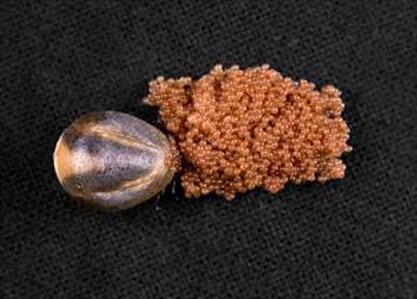
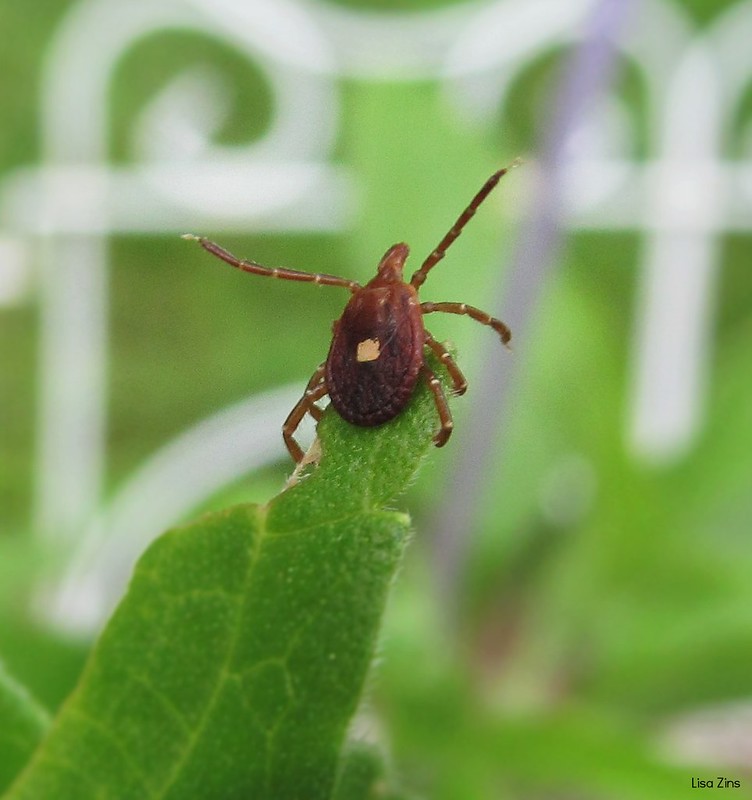
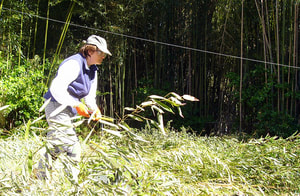

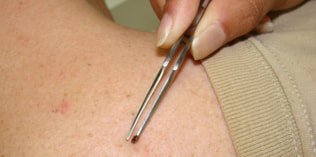
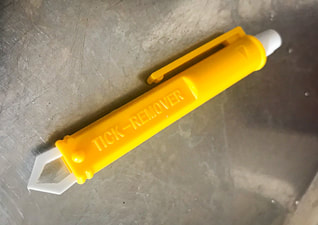
 RSS Feed
RSS Feed
